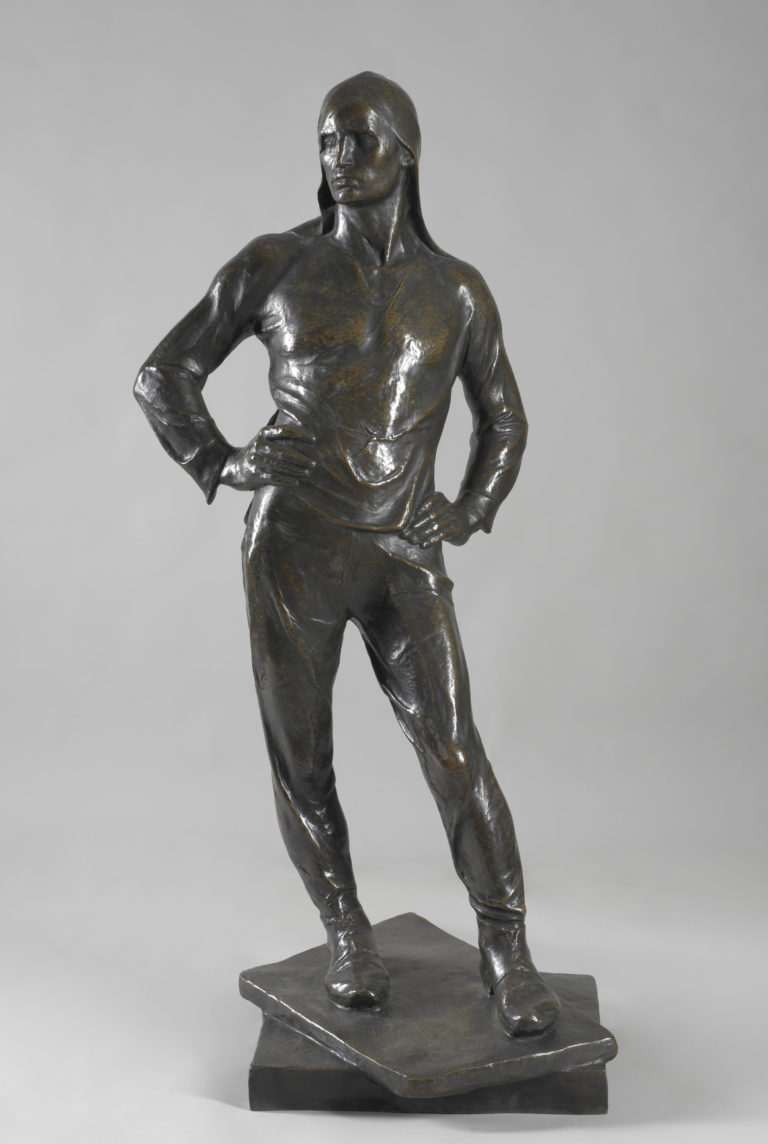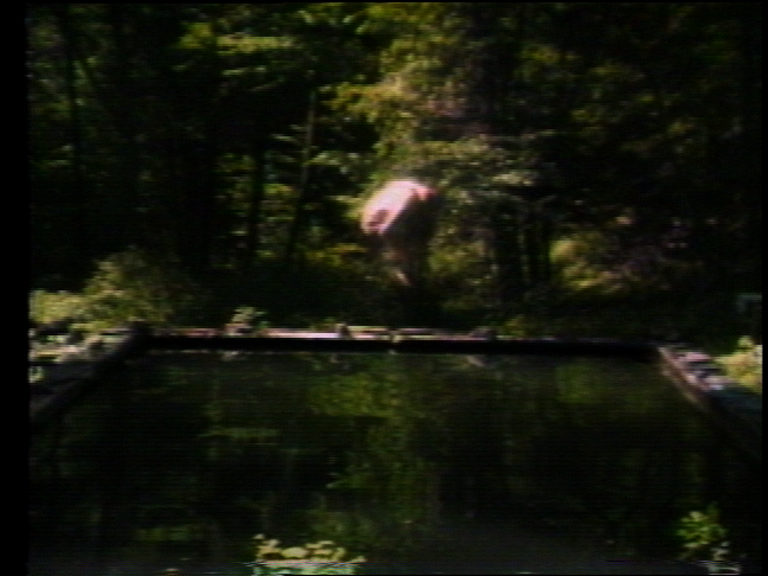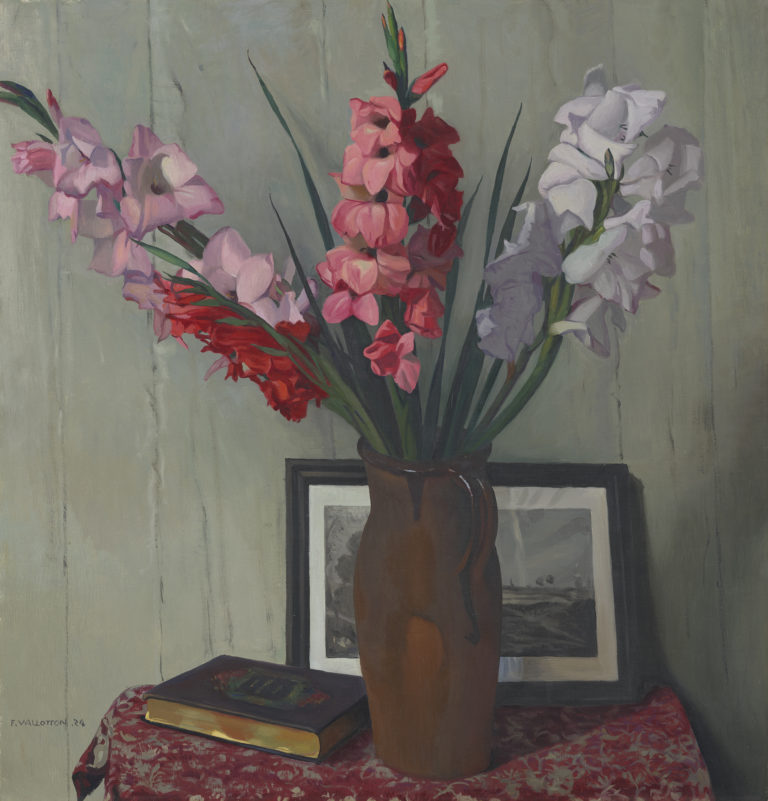Bibliography
Philippe Kaenel, with the collaboration of Catherine Lepdor, Théophile-Alexandre Steinlen, l’œil de la rue, exh. cat. Lausanne, Musée cantonal des Beaux-Arts, Ixelles, Musée communal d’Ixelles, Milan, 5 Continents Editions, 2008: fig. 94.
Ernest de Crauzat, L’œuvre gravé et lithographié de Steinlen. Catalogue descriptif et analytique suivi d’un essai de bibliographie et d’iconographie de son œuvre illustré, Société de Propagation des Livres d’Art, Paris, 1913: n. 682 (dated 1898).




Like Félix Vallotton, Théophile-Alexandre Steinlen was a Swiss artist who moved to Paris, where he regularly used the illustrated press as an outlet for his social activism. He produced vast numbers of drawings, which were his principal source of income. He published in a wide variety of venues, from comic papers to literary supplements, including Gil Blas illustré, contributing around seven hundred drawings to the review over the best part of a decade. Steinlen was a firm Socialist for years; his politics became more radical in around 1893 and at the end of the century he was working for libertarian papers such as Le Chambard socialiste and L’Assiette au beurre. His illustrations commented ferociously on the wave of legal scandals sweeping France, corruption, the oppression of the labouring classes, and widespread poverty.
This advertisement for the serial publication of Émile Zola’s novel Paris from October 1897 was part of Steinlen’s ongoing work for Le Journal. To mark the novel’s launch, he also produced a two-metre-long poster depicting a crowd in revolt overrunning the city. This illustration focuses on the most dramatic scene in the novel: an anarchist bomb has just exploded. While Zola sees the terrorist act as a consequence of the violence inherent in the bourgeois system, Steinlen focuses his compassion on one of the victims: “the pretty, slim, fair-haired errand girl, lay there on her back, her stomach ripped open, whilst her delicate face remained intact, her eyes clear, her smile full of astonishment”.
The composition showcases Steinlen’s talent as a draughtsman and his mastery of layout. The anarchist Salvat is running off to the right; in the background, a crowd is held back by gendarmes; in the centre, the young milliner lies sprawled on the paving stones, the hat she was delivering lying beside her, her skirts awry. Like the judge presiding over Salvat’s trial, Steinlen comments on the cruel hand of fate: ‘It was one of your own class whom you struck, […] your victim was a work girl’.